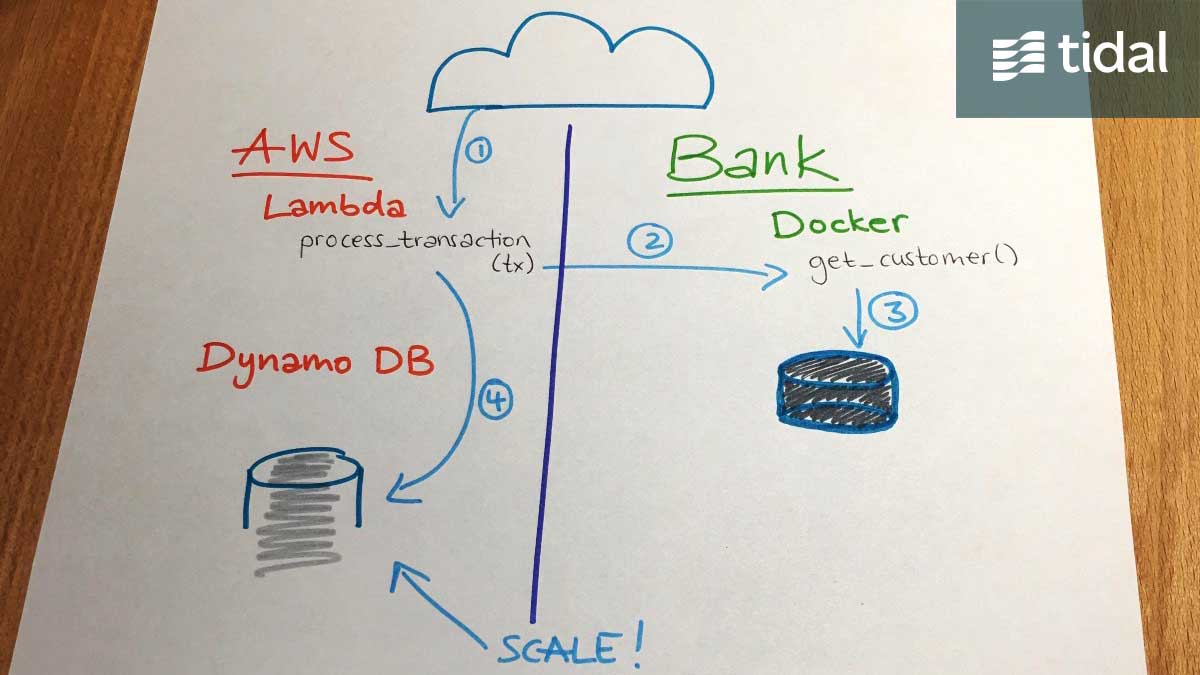Transitioning Legacy Apps to Hybrid Cloud
In 2004, while rolling my eyes and making jokes about EBCDIC and mainframe, a wise Enterprise Architect and mentor said something that really stuck:
David, the important thing about Legacy applications is that they are the apps that make the money.
He was right.
Hammer Time
Every client I have worked with since has used the term Legacy to describe an enterprise application that is so important that we can’t touch it. Consider this: your bank’s legacy transaction processing system is “so important” that the bank won’t constantly invest in modernizing it, leaving transactions to only be captured in monthly dumps to PDF. While this aligns to the all important statement-cycle of yesteryear, does that make sense anymore?
No, it doesn’t, and people are now taking action. Due to a confluence of events, from retirements to increasing competitive pressure, from FinTech startups to digital transformation projects that are moving everything else to the cloud; Legacy applications must go.
Refactor All The Things
Still, it is these legacy applications that pose the toughest challenge to migrate to any cloud environment. When these application migrations are handled by traditional IT team resources without programmers in the mix, it can lead to the group thinking only of lift-and-shift types of approaches. These often fall short of realizing any real cloud benefits.
With a DevOps mindset and leveraging tools such as Docker containers, serverless architecture and continuous integration, a migration team with programmers onboard can refactor even legacy applications to be portable to any cloud platform. In the example of a banking transaction application, containers and overlay networking facilitates the holy grail of cloud projects today: Hybrid Cloud. It allows the sensitive portions of your application to remain on-premise, while public aspects run as cohesive — but linked containers executing on a more scalable cloud platform.

Transitioning Legacy Apps to Hybrid Cloud
More or Serverless
In the world of scalable transaction processing that must retain an on-premise mainframe database, the hybrid cloud model makes a lot of sense and still allows you to leverage powerful cloud-native services like AWS Lambda for true pay-for-use computing needs.
At Tidal, we call this type of migration a refactor, and while not necessary for all applications in your brood, it is the most valuable methodology in the Cloud transformation toolkit. So while you can’t rewrite history, you can refactor your legacy (apps).
-David
Chief Migration Hacker, Tidal
This article was orginally posted at relatedentities.com on November 27th, 2016.

